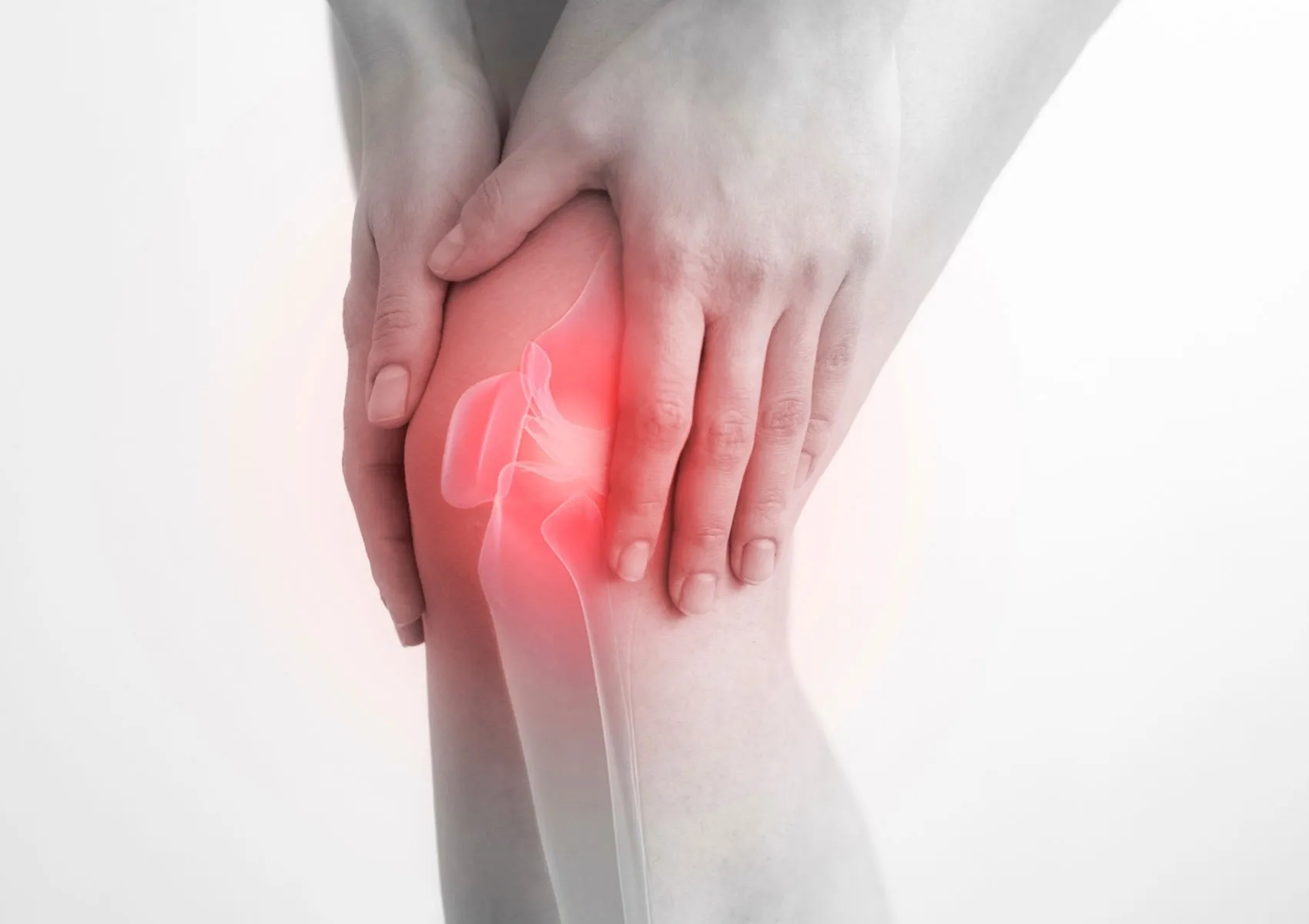What Causes Knee Pain? The Most Common Reasons
General Overview of Knee Pain
Knee pain is a widespread orthopedic issue that can affect individuals of all ages and significantly impair daily function. Causes range from minor strains to serious ligament tears or cartilage damage. The knee is a complex joint made up of bones, ligaments, cartilage, tendons, and bursae, which makes identifying the exact source of pain essential for proper treatment.
In this article, we explore the most frequent causes of knee pain, associated symptoms, diagnostic methods, and treatment options.
Most Common Causes of Knee Pain
1. Meniscal Tears
The menisci are shock-absorbing cartilage structures within the knee. They can tear due to sudden twisting or bending motions, especially in athletes. Degenerative tears also occur with age.
2. Anterior Cruciate Ligament (ACL) Injuries
One of the key stabilizers of the knee joint. ACL injuries typically occur during rapid changes in direction or landing from a jump. Patients often report hearing a “pop” and feeling immediate instability.
3. Medial and Lateral Collateral Ligament Injuries
These ligaments stabilize the knee from the sides and can be injured through direct blows or twisting forces.
4. Cartilage Damage
Damage to the articular cartilage covering the joint surface causes pain during motion and often coexists with osteoarthritis.
5. Knee Osteoarthritis
A degenerative joint disease, common in individuals over the age of 50. It leads to joint stiffness, chronic pain, and loss of mobility due to cartilage wear.
6. Patellofemoral Pain Syndrome
Common in young individuals and females. Characterized by pain around the kneecap, worsened by stair climbing, prolonged sitting, or running.
7. Bursitis
Inflammation of the fluid-filled sacs (bursae) that cushion the knee. Leads to swelling, warmth, and tenderness in specific areas.
8. Tendinitis
Inflammation of the tendons, often due to repetitive overuse. The most frequent type is patellar tendinitis, also known as “jumper’s knee.”
9. Baker’s Cyst
A fluid-filled cyst that forms behind the knee, sometimes causing tightness, swelling, or pain radiating into the lower leg.
10. Fractures and Dislocations
Caused by high-energy trauma or falls. These are serious injuries that often require surgical intervention.
Associated Symptoms of Knee Pain
- Pain while climbing stairs or squatting
- Swelling, warmth, or tenderness around the joint
- Clicking, locking, or popping sounds during movement
- Instability or feeling of the knee “giving way”
- Stiffness after rest or sleep
- Pain following intense physical activity
- Difficulty getting up from a seated position
- Inability to fully straighten or bend the knee
Diagnostic Methods
A detailed medical history and physical exam can provide crucial clues about the source of knee pain. Additional imaging may include:
- X-rays: Detect fractures and osteoarthritis
- MRI (Magnetic Resonance Imaging): The gold standard for evaluating menisci, ligaments, and cartilage injuries
- Ultrasound: Helpful for superficial soft tissue pathologies
- CT Scan: Offers detailed bone structure imaging
- Diagnostic Arthroscopy: Minimally invasive procedure that allows direct visualization of the joint
Treatment Options
1. Conservative (Non-Surgical) Treatments
- Rest and ice application
- NSAIDs (non-steroidal anti-inflammatory drugs)
- Physical therapy and strengthening exercises
- PRP (platelet-rich plasma) and stem cell therapies
- Intra-articular injections
- Knee braces or orthotics
2. Surgical Treatments
- Arthroscopic Surgery: For meniscus repair, ligament reconstruction, or cartilage smoothing
- Ligament Reconstruction: Especially for ACL or complex multi-ligament injuries
- Cartilage Repair or Transplantation (Microfracture, OATS, MACI)
- Knee Replacement (Total or Partial): Recommended in severe osteoarthritis or irreversible cartilage loss
FAQ
-
Does knee pain prevent exercise?
It depends on the underlying cause. During acute pain episodes, rest and modified activity are often necessary.
-
Can a meniscus tear heal on its own?
Some minor tears may heal with rest and physical therapy. More serious tears often require surgery.
-
Which specialist should I see for knee pain?
An orthopedic surgeon is the best professional to assess and treat knee-related problems.
-
Is an MRI always necessary for knee pain?
MRI is especially useful when soft tissue injury is suspected, such as meniscus or ligament tears.
-
Is PRP effective for knee pain?
Yes, PRP has shown promising results in early-stage osteoarthritis and cartilage-related knee conditions.

